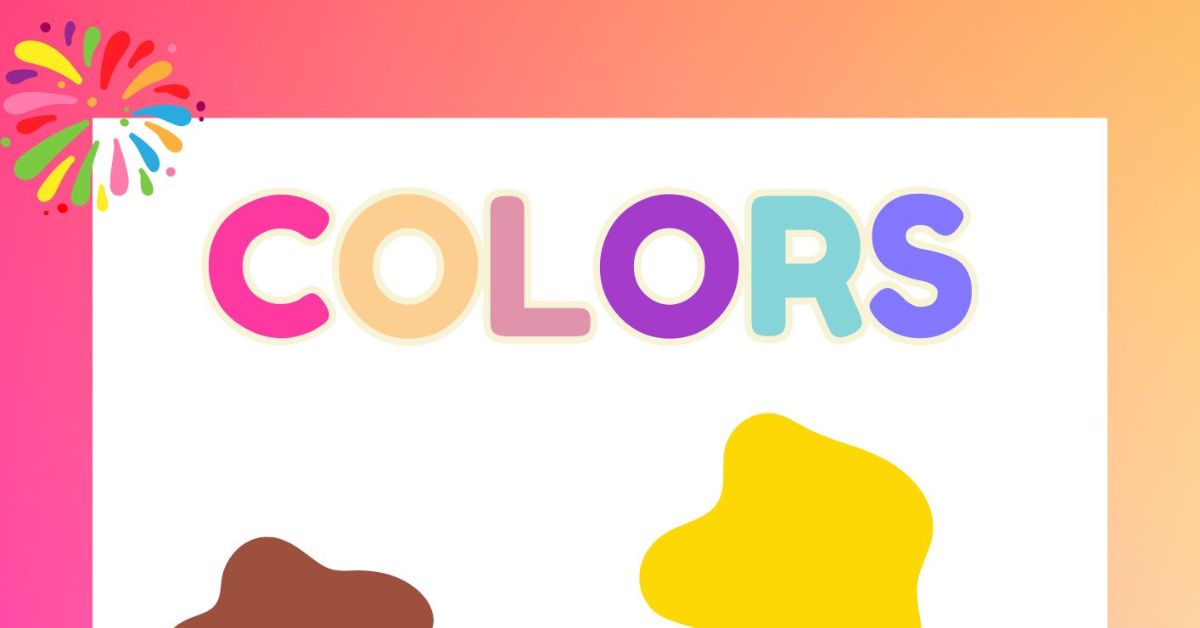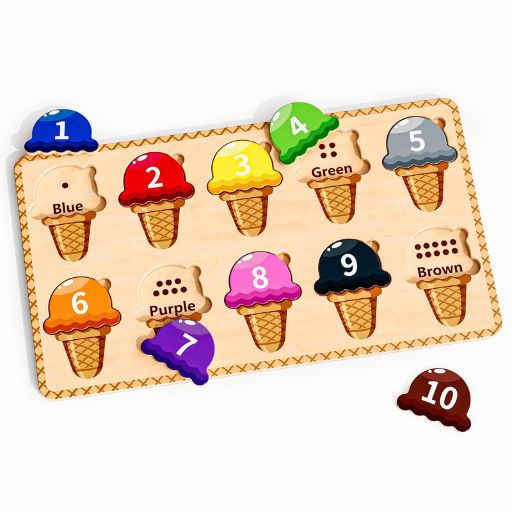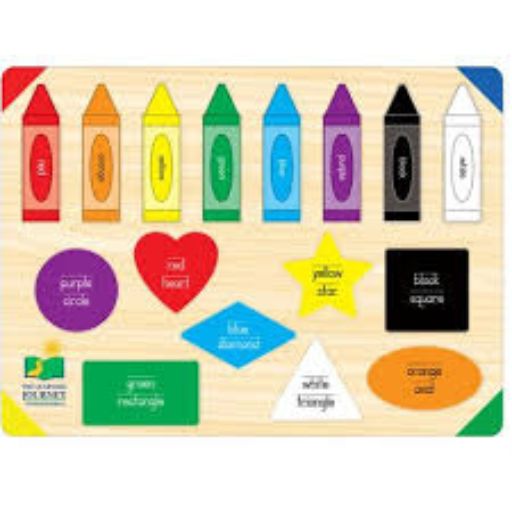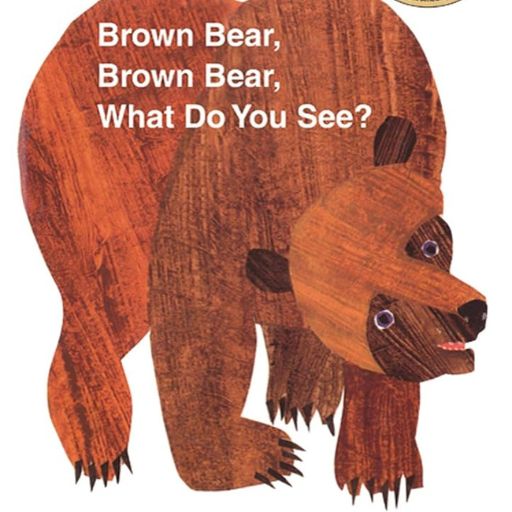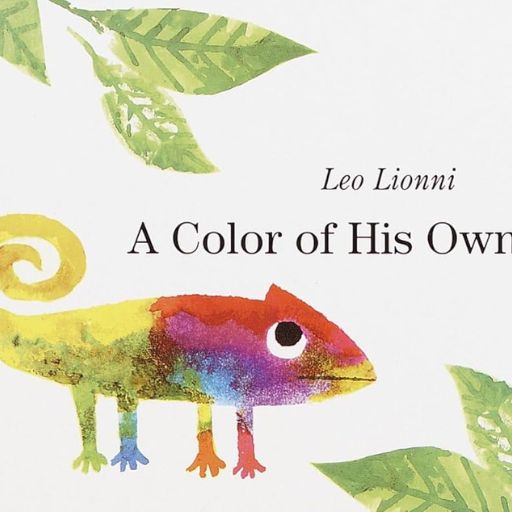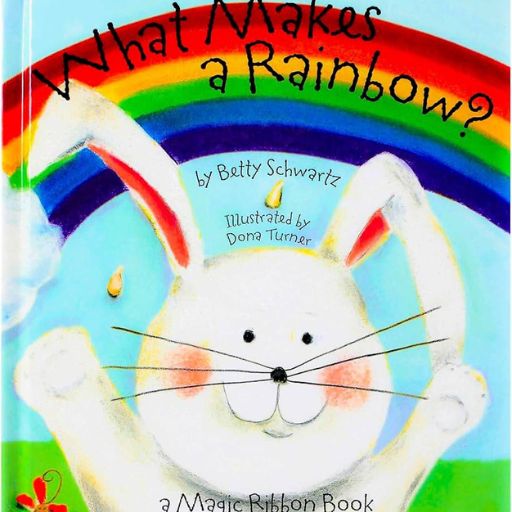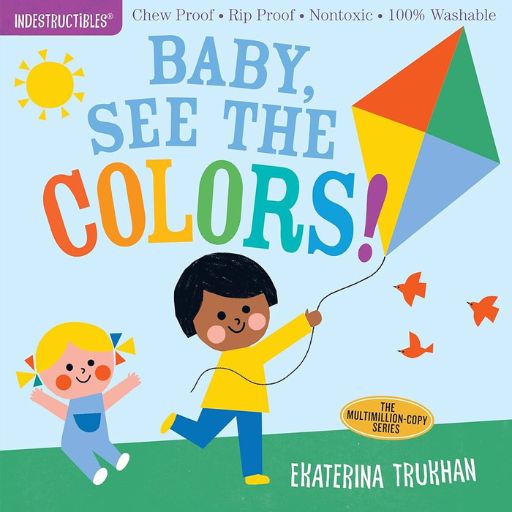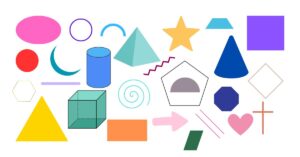This Learn Colors for Kids guide has everything you need to teach color recognition and naming to young children, whether you are a parent or a teacher. It is sequential (starts from ages 1-5), simple and packed with resources you can use to help make the job easier.
I have even included Learn Colors for Kids flashcards that we use every time when introducing color naming.

When Do Children Learn Colors?
Contrary to popular belief, babies can see color as soon as they are born. That is they can differentiate between black and white things and other colors.
By month 4, their eyes are developed enough to see high-contrast colors like red and green. By the first birthday, the child can clearly see and distinguish most colors and also associate them with different things.
You will also notice they have a preference for certain colors. It takes a while, though, before they can sort or match colors.
As they hit age 2, a child can identify different colors when you name them, and most kids can name a few colors. They may not match the color name with the correct color, but they know enough names.
Naming colors correctly comes between ages 3 and 4 as they join pre-school, where they learn about color categories.
What’s important to note is that parental input plays a huge role in the development of children’s color recognition and language. Parents who expose their kids to colors early on and often, as well as use descriptive language see their kids learn colors earlier and more easily.
That said, children will learn colors at their own pace, so you should not worry if your kid takes longer than another.
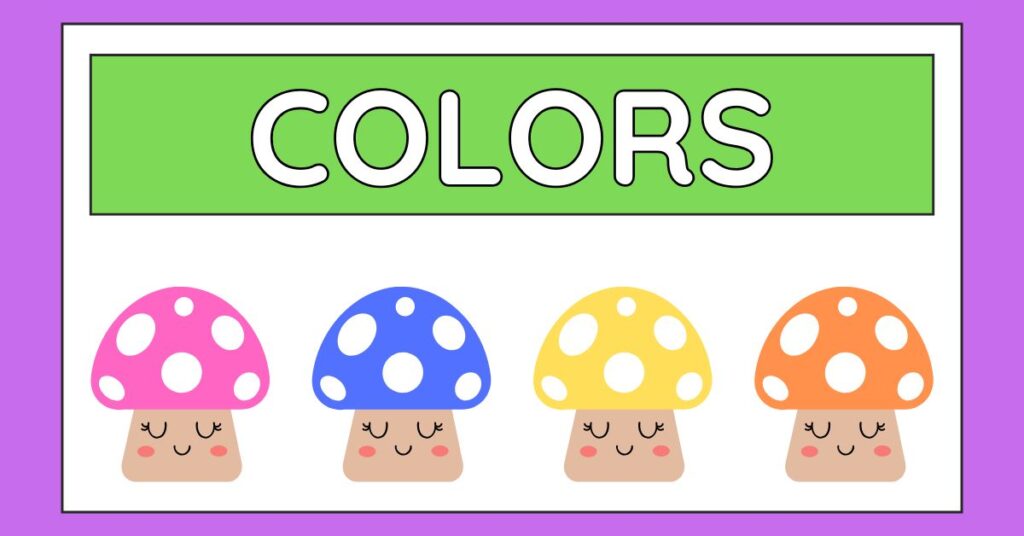
How Do Children Learn Colors?
Children are born naturally curious to learn and experience the world around them. Like everything else, they learn colors by touching them, looking at different colored things, and listening to the people around them.
I cannot insist enough on the importance of parents creating opportunities for kids to learn colors. Expose them as early as possible to hands-on color play activities and conversations. Make it fun, immersive and regular.
I will outline a few of our favorite activities next, starting with age 1, all the way to pre-school.
The child may not name colors by age 2 or 3 due to limited language skills, but they should identify most colors.
Learn Colors for Kids: Activities to Teach Children About Colors
12-24 Months
1. Color matching
The first and simplest way to learn color for kids is color matching – putting pieces on their respective color spots- (red block on the red slot). There are different toys that allow babies to do this as soon as they learn how to sit down and play with toys.
Start with primary colors and maybe add green to make them 4. The idea here is to ensure the child sees the difference between those 4 colors and can match them.
When my daughter was young, we had a toy that would shout out the name of the color once it was successfully matched. This helped her learn color naming earlier than usual. If you can’t get a similar toy, say the color names yourself. It will work the same way.
Other toys you can consider include Melissa & Doug Colorful Fish Puzzle, Color Number Matching Educational Toys and Lift & Learn Puzzle Colors & Shapes.
2. Color sorting
Provide toys or things that come in the three primary colors (red, blue and yellow) and add green. These could be blocks, pompoms, apples, or balls. The game here is to sort similar colored objects into different piles. You can provide containers labeled with the respective colors. Again, shout out the names as they go to different piles.
Alternatively, you can start with toys like Color&Shape Sorting Learning Matching Box, Colors Beanbags and this Montessori Wooden Learning Color Sorting Toys.
Fruits and vegetables activities are also a great way to incorporate color learning. You can either use real fruits or grab this fruits and vegetables toy set.
It’s still too early for kids to learn color names at this stage, but saying the color name will lay the foundation for later on.

24-36 Months
Toddlers learn color names between ages 2 and 3. This is why you should pack the majority of color learning activities in this period. They are also developing their vocabulary, and it’s a balancing act between teaching nouns, verbs and descriptive words like colors.
3. Reading and singing about colors
Two things work better than the rest when teaching toddlers- storytelling and music. That’s because books and stories capture their attention and leave an impression.
I recommend starting with these books and then build up from there. They have big colored pictures and the stories play their part in teaching color names. Read with them once during the day while taking the time to emphasize the colors and touch them. Repeat the same during bedtime.
As for songs, I like focusing on one color song at a time until the child masters the words. The Color Song” by Dave and Eva is a personal favorite because they handle one color at a time, which makes it easy for kids to learn.



4. Flashcards
Books and songs will do a great job introducing color names to a child’s mind. But to make these colors stick, flashcards are usually my next weapon. Again, start with the 4 colors. Every day, pick a flashcard, say the color and make the child repeat after you.
You can do this twice or thrice and then repeat the following day. Of course, use different flashcards each day so your child can find it a little challenging identifying the colors.
After a few weeks, pick a flashcard and ask your child what color that is. If they get it correct, give them a reward. Clapping for them works best. If they get it wrong, simply correct them by saying the correct color without showing disappointment.

5. Same Object, Different Colors
When using objects to teach colors, it’s easy for toddlers to get confused. To avoid this and make learning easy, start by showing your child several of the same objects, like balls, in different colors. Explain that they’re all balls, but each one is a different color.
Once they’ve grasped that, you can introduce a new object, like an apple, using the same concept. This way, they learn both the names of the objects and that objects can come in a variety of colors.
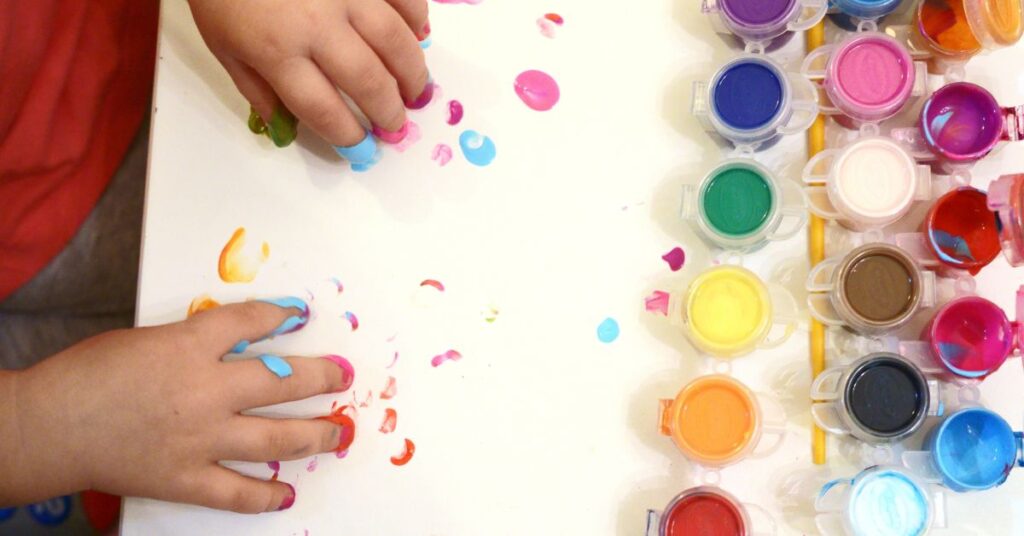
6. Finger painting
Color immersion doesn’t get any better than finger painting. Use newspaper, plain paper, or old white clothes as your canvas. Let your child use their fingers to pain, write, or do whatever they desire with the materials.
Start with two colors and allow the child to go full hands-on. Next time you do this activity, include a third color. This helps reinforce what they learned while adding something new into the mix.
Remember to make conversations as they play. For instance, you say something like “Look, your hands are blue”.
Primary colors mix to form secondary colors, which is a great way for you to introduce more colors. For instance, mix red and yellow to form orange.
Make Every Day a Lesson
Learning colors for kids is a continuous process that can take years, depending on how the child’s language development. However, while vocabulary develops naturally as you talk and read to your child, color naming must be more intentional.

